PAPA IN THE MILITARY
MY FATHER CAPTAIN AMADO CATAMBAY....., GSC, PN, RIP
I like to pay tribute to my father as he lay in state before us. In his early life, when he was a young lad, his escapades, his thirst for education and eventualy his service to his country. In those days, before the great war, a secondary education was enough and the average attainment of that generation. College education for the poor is non existent. This is going beyond the means of the family. My grandparents were poor, and with four siblings more to feed, they were destined to a life as peasants. My father's perception of the future was dire, there was no future if he stayed in Tanay. He eventualy sought out, beyond this environment, with an eye just looking in at all his landed cousins. Traditions were, only the males of the family inherit the ricefields and lands. My grandmother did not.
He did his college education through servitude as a house boy of a well known professor, his uncle Alejandro at the University of the Philippines at Los Banos in Laguna. One can say that he was blessed in the safekeeping of relatives. If you consider the distance between Tanay with his parents and Los Banos as a matter of 30 miles, no brief vacation or visit to his parents was allowed until he graduated 4 years after in 1940. Such was the privations and spartan life that build the character of my father and maybe why he was suited as a military officer.
His obssesive work habits were formed at this early age. I know beyond everything else, that he was very industrious and this was a source of conflict to his subordinates and between us in later years. Early in his career as a naval officer, seldom we see him for seven years as he was assigned in Mindanao fighting the banditry movements of the muslims.
He will go on to higher positions, to take command of his own ship, then a number of ships as a task force commander, then Chief of Staff of the Philippine Coast Guard, a professor in academia at the National Defense College of the Philippines, a base commander at the Manila Naval Station and Cavite Naval Base at Sangley Pt. But what I remember most was him on the bridge of RPS 1133, and I a pre school kid, looking at a young Lt. taking his ship out to the open seas, out of Manila Bay.
And now the end is here, I still see him as a young man full of vigor and strength. He was and will always be my mentor on how to survive the tough streets of life.
In tribute to his service to his country of birth, an allegory written in the second half of the 19th century that befits him.
O Captain! my Captain! rise up and hear the bells;
Rise up-for you the flag is flung-for you the bugle trills;
For you bouquets and ribbon'd wreaths-for you the shores a-crowding;
For you they call, the swaying mass, their eager faces turning;
Here Captain! dear father!
This arm beneath your head;
It is some dream that on the deck,
You've fallen cold and dead.
My Captain does not answer, his lips are pale and still;
My father does not feel my arm, he has no pulse nor will;
The ship is anchor'd safe and sound, its voyage closed and done;
From fearful trip, the victor ship, comes in with object won;
Exult, O shores, and ring, O bells!
But I, with mournful tread,
Walk the deck my Captain lies,
Fallen cold and dead.
Rise up-for you the flag is flung-for you the bugle trills;
For you bouquets and ribbon'd wreaths-for you the shores a-crowding;
For you they call, the swaying mass, their eager faces turning;
Here Captain! dear father!
This arm beneath your head;
It is some dream that on the deck,
You've fallen cold and dead.
My Captain does not answer, his lips are pale and still;
My father does not feel my arm, he has no pulse nor will;
The ship is anchor'd safe and sound, its voyage closed and done;
From fearful trip, the victor ship, comes in with object won;
Exult, O shores, and ring, O bells!
But I, with mournful tread,
Walk the deck my Captain lies,
Fallen cold and dead.

How I longed for the old days, when a soldier has honor in his heart to serve loyally the country. Where did that saying, honor, Duty and Country gone…. by the wayside. Throughout the history of all nations, political institutions have been shaped, in varying degrees, by military pressure.
In primitive societies, all men, to a greater or lesser extent, are warriors. The survival of the tribe is often dependent on its ability to defend itself militarily.
However, even in the so-called bastion of democracy, the United States, the presence and pervasive political influence of a military-industrial complex was publicly acknowledged by then President Dwight Eisenhower.
At the onset of the Philippine Revolution and the Philippine-American War, the Filipino leaders considered themselves first as soldiers and not as statesmen. Thus Andres Bonifacio led what was essentially a military uprising. The other major leaders were all self-styled generals including Emilio Aguinaldo, Antonio Luna, Miguel Malvar, and Gregorio del Pilar. This is the era of Heroes, where soldiers exist solely to protect and obtain the freedom of the Republic
( Era of Heroes)
Today, we are again witnessing the critical role of the military as we listen to the news from North Africa. In Tunisia, the withdrawal of support of the military caused the downfall of the ruling regime. In Egypt, the big question is supposedly what role the military will take in the current political upheaval.
The soldier’s place in society and in the nation is determined by a large number of factors. According to Andre Courvoisier, in his book Dictionary of Military History, the soldier’s position is moral as he bears arms and is legally permitted to use violence; political and social, through methods of recruitment; moral and technical through the differing types of warfare; and finally circumstantial, whether the soldier is at peace or at war.
In the Western world, the profession of arms and being part of the aristocracy was the common norm for most societies before the 18th century. Even in the Eastern world, warrior castes like the samurai dominated society for many years before the modern era.
In Philippine history, during the pre-Spanish period, the ruling class was also the warrior class. Thus our first heroes were Lapulapu and Rajah Soliman.
By the 18th century two closely linked events happened to change this practice of a warrior aristocracy. The first was the rise of a professional army which brought about a sharper distinction between soldiers and civilians. More and more, war became an affair for professionals.
During the same period, there was a change in the hierarchy of social values on lines similar to those which had already occurred in many mercantile countries. The pursuit of earthly happiness and the search for whatever could be socially beneficial meant that, more and more, those who moved into the foremost rank of society were thinkers, creators of wealth, inventors, merchants, and manufacturers.
At the same time, the growing power of liberal, democratic regimes in the Western world emphasized the subordination of military to political authority. This was partly due to the growing distrust of armies and military commanders. The army was supposed to be an instrument in the government’s hands and, as such, should have no political ambitions of its own.
Since they are supposed to stay out of politics, 21st century armies could act in this environment only as a pressure group working primarily for the preservation of national defense interests primarily for the maintenance or increase of the share of the armed forces in the national budget. This is normally done through close contacts with industrialists and politicians and through other various organizations with links to the armed forces such as veteran’s associations.
In every country, war means that the military assumes a leading role and that the work of the nation has to be adapted to the necessities of the struggle.
However, during the past centuries as the Western powers started colonizing the rest of the world, the use of military power to suppress dissent in the colonies became a standard practice. In these so-called Third World countries, the military became the symbol of authority and order.


My father as CO Home Defense Command in the field of encounter with dissidents Mindanao, Philippines
It is not surprising that in the states that arose out of the decolonization process, in Latin America in the 19th century, and in Africa and Asia in the 20th century, military dictatorships arose. The military elite often justified their seizure of power by the need to suppress "subversive" elements and often proclaimed the priority of civil over military power. They would promise the early establishment of a constitutional regime following free elections and the end of what supposed would be merely a provisional dictatorship. However, in most circumstances, the outcome would be the postponement of such an outcome.
This is what happened to the Philippines when Marcos declared martial law and promised free elections which never came.
The abuse of civil rights among the citizenry, in the guise of national security, comes from the advise of a surprisingly foreign institution. The US military advisers of the Joint US Military Advisory Group (JUSMAG) and the CIA station in Manila designed and led the bloody suppression of the nationalist Hukbong Mapagpalaya ng Bayan (HMB) which was vehemently opposed to the post-war Parity Rights amendment and the onerous military agreements with the United States. The CIA's success in crushing the peasant-based Huk rebellion in the 1950s made this operation the model for future counterinsurgency operations in Vietnam and Latin America. Colonel Lansdale and his Filipino sidekick, Col. Napoleon Valeriano were later to use their counter guerrilla experience in the Philippines for training covert operatives in Vietnam and in the US-administered School of the Americas, which trained counter guerrilla assassins for Latin America. Thus, the Philippines had become the CIA's prototype in successful covert operations and psychological warfare.
After this stint in the Philippines using propaganda, psywar and deception against the Huk movement, it was then used in Vietnam to wage military, political and psychological warfare. It was the CIA view that the tactics that they used to solve the problem in the Philippines were applicable to Vietnam. They were wrong. In 1975, after two decades of protracted warfare, the Vietnamese people defeated the strongest superpower on earth.
Today, in the 21st century, there is a temptation in some quarters to again look to the military as the final arbiter in a political struggle. The lessons of history should teach us that a democratic society cannot exist with the existence of two separate societies -- civil and military. The memory left to us by the story of civilization is that the most progressive and liberal societies are those where the rule of law prevails and where the predominant authority was civilian.
Society is deemed to be in danger of security forces. There are over a hundred political prisoners in jail, and detainees continue to be tortured and mistreated during interrogations. The security forces have been responsible for a number of forced "disappearances" and extra-judicial executions, while private security forces and unidentified armed men have responsible for the killings and harassment of civilians in the context of land disputes. Muslim armed opposition groups have also been responsible for kidnappings and arbitrary killings. Hundreds of people continue to be sentenced to death by the civilian courts.
The military corruption in the Philippines is not
unique. It seems to prevail in all previous Spanish, French, Dutch, and Italian colonies in Asia, Latin America and Africa. The degree of corruption is related to their civilian masters’ integrity. The Marcos dictatorship, politicized the military, to the degree that the institution can never be revitalized like the times of my father or my ancestors. They served their country honorably as poor men with dignity, and they went to their graves with honor. Nowadays the concept of honesty among the military is non existent. The young flock to the academy not for honor , duty and country, but in search for security, booties and fortune.
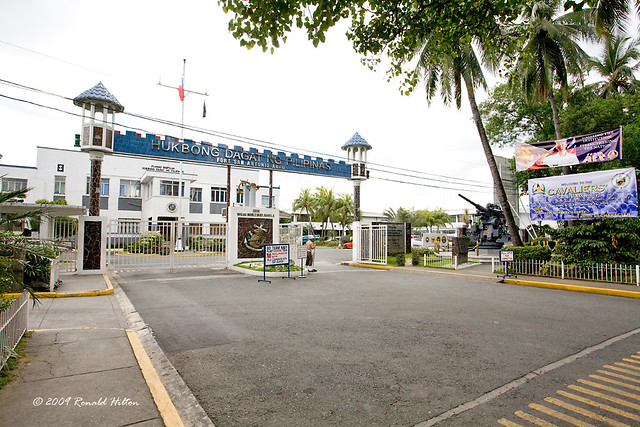 Fort San Antonio Abad Malate; Manila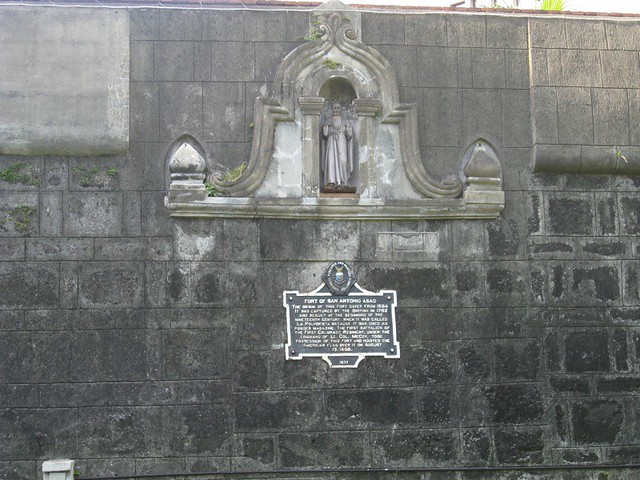
Fort San Antonio Abad • Manila
| 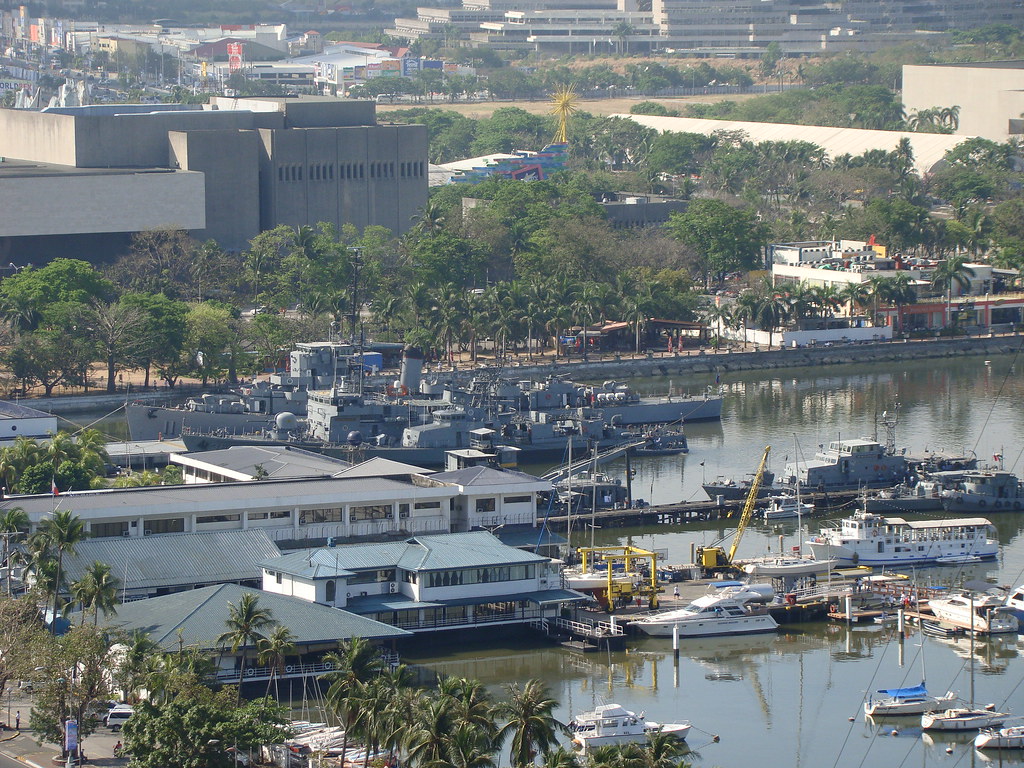 The old Navy base inside Manila Naval Station at Dewey Blvd. adjacent to the Manila Yacht Club. The Manila Cultural Center foreground/below |
 Papa and his various duty assignments in the 60's who left our midst Feb. 2010. Early in his career as a naval officer, seldom we see him for a decade as he was out to the Southern seas in Mindanao fighting the banditry and secession movements of the muslims. He will go on to higher positions, to take command of his own ship, then a number of ships as a task force commander, then Chief of Staff of the Philippine Coast Guard, a professor in academia at the National Defense College of the Philippines, Dean at the Command and General Staff College, a base commander at the Manila Naval Station and Cavite Naval Base at Sangley Pt. But what I remember most was him on the bridge of RPS 1133, and I a pre school kid, looking at a young Lt. taking his ship out to the open seas,  out of Manila Bay. out of Manila Bay.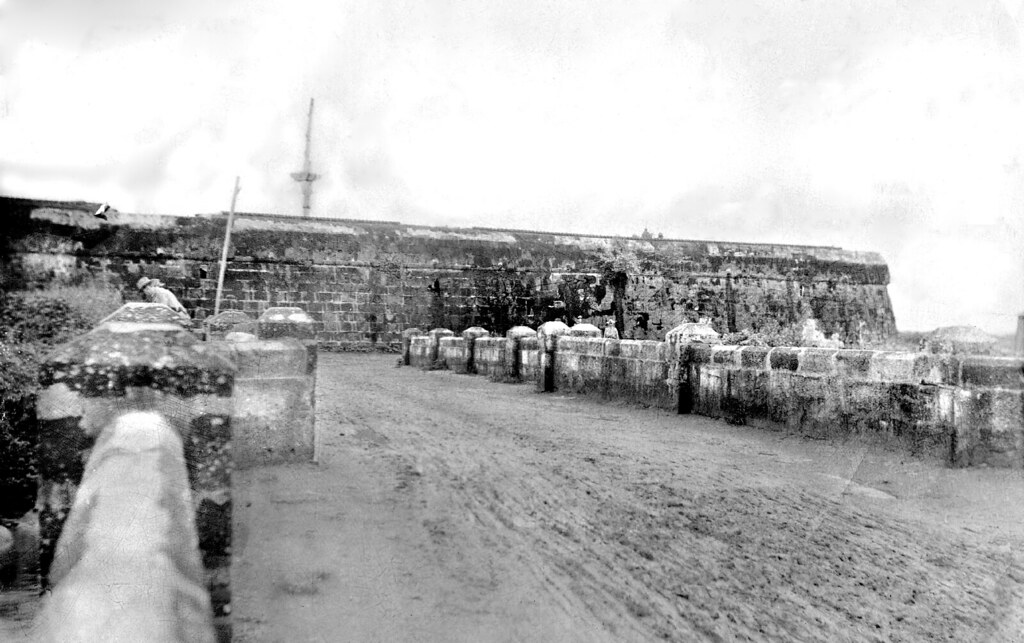
Ramparts of Fort San Antonio Abad where the old HQ of MNS was an addendum perched on top. The old building is gone but the fort remains in its original grandeur.
|
Sangley Point My father became the CO of Sangley Point Cavite Naval Base in the 70’s.1960-photo
Ayuntamiento Building, Intramuros, Manila
|
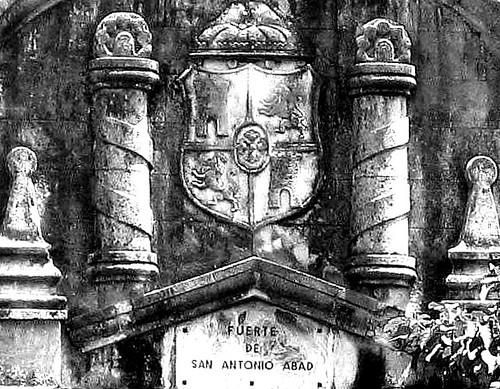 | 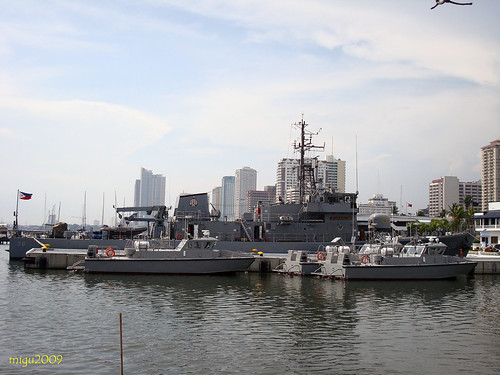 MNS nowJose V. Andrada Naval Station Manila, Philippines. MNS nowJose V. Andrada Naval Station Manila, Philippines. | 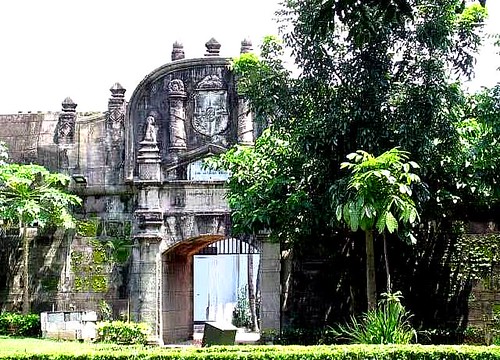
FORT SAN ANTONIO ABAD
|
|
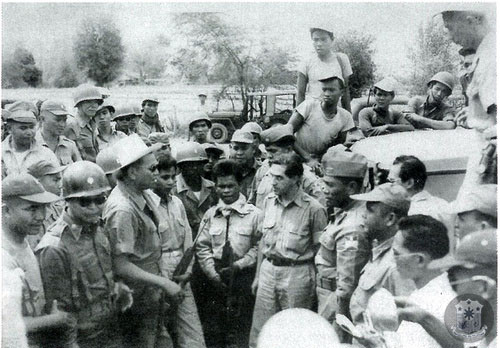 Defense Secretary Ramon Magsaysay overseeing the capture of William Pomeroy, an American ideologist and leader of the Nueva Ecija Huk Propaganda Corps. Prior to assuming the presidency, RM was Defense Secretary in Pres. Elpidio Quirino’s Cabinet. For more information on the capture of William Pomeroy![Atty. Diosdado Macapagal raises the Philippine flag at Turtle Islands.<br />The caption reads:<br /><br />Atty. Macapagal got his first break as a public figure in 1948 when Vice President Quirino, then concurrently Secretary of Foreign Affairs, appointed him as Assistant Chief of its Law Division and assigned him to negotiate the return of the administration of the Turtle Islands from the United Kingdom to the Philippines. He succeeded and [Vice President] Quirino gave him the privilege of raising the Philippine flag over the islands. <br />- From Nipa Hut to Presidential Palace by Diosdado Macapagal<br />](http://25.media.tumblr.com/tumblr_maw980UQkV1qifq8yo1_500.jpg) Atty. Diosdado Macapagal raises the Philippine flag at Turtle Islands
Atty. Macapagal got his first break as a public figure in 1948 when Vice President Quirino, then concurrently Secretary of Foreign Affairs, appointed him as Assistant Chief of its Law Division and assigned him to negotiate the return of the administration of the Turtle Islands from the United Kingdom to the Philippines. He succeeded and [Vice President] Quirino gave him the privilege of raising the Philippine flag over the islands.
 Ruins at Corregidor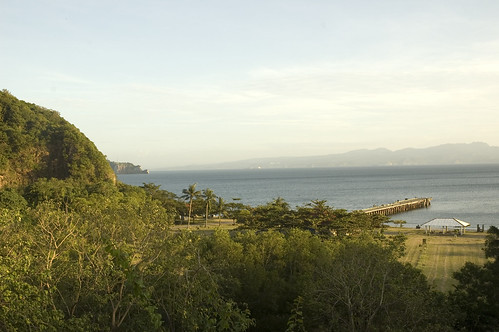
Ferry Dock
|
I remember this building pretty well. When I was a child, my mother and I would collect the salary from the cashier’s office, while my father was away on missions. Then later on, lived across Roxas Blvd. when father was the CO of the Manila Naval Station. Above is the Philippine Navy headquarter building in Metro Manila. This was also the venue of my High School graduation ball at the officer’s club in 1961.
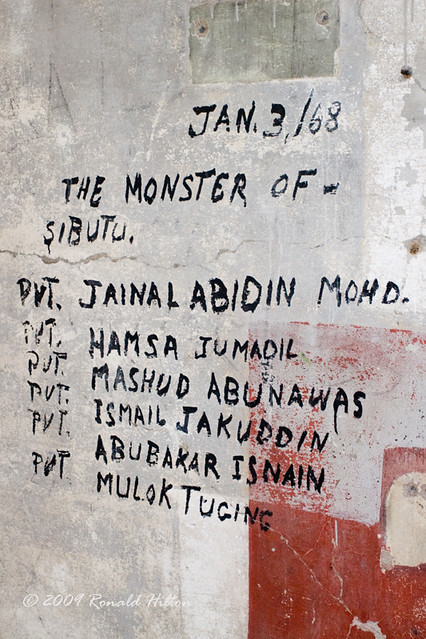 Hospital Jabidah Grafitti. There is another story of Corregidor that is much less well known. Back in 1968, there was a slaughter of muslim Filipino soldiers training on the island by then Philippine President Ferdinand Marcos which became known as the Jabidah Massacre. To make a long story short for my American friends think of it in these terms: It's as If President Kennedy during the Bay of Pigs had killed all the Cubans he trained to invade Cuba because they changed their minds and refused to go through with it. Having a large force of disgruntled, well trained and armed revolutionaries on Corregidor, Marcos decided to have them liquidated. On 18 March 1968, all these specially trained soldiers meant to invade the Malaysian island of Sabah were murdered at Kindley Airfield. As the story is told from the Corregidor guide, these soldiers that were killed apparently wrote their names on the walls of the hospital in the days preceding their deaths. |
I missed this early morning and late afternoon call to the
colors at (MNS), this bugle call melody is used to accompany the raising of the Flag (the national colors). It's used when no band is available to render honors. "When it's played on military bases, all uniformed personnel are required to come to attention and present a salute, either to the flag, or in the direction of the music if the flag is not visible". |
When World War II began, the Philippines had no significant naval forces after the United States withdrew the Asiatic Fleet following the Attack on Pearl Harbor by the Imperial Japanese Navy. The ThPhilippines had to rely on its OSP with headquarters located at Muelle Del Codo, Port Area, Manila which composed of a high-speed Thorneycroft Coast Motor Boat (CMB) 55-foot (17 m) and 65-foot (20 m) PT boats, to repel Japanese attacks from the sea.During the course of the war, surviving personnel of the Offshore Patrol conducted guerilla hit-and-run attacks against the occupying Japanese forces.
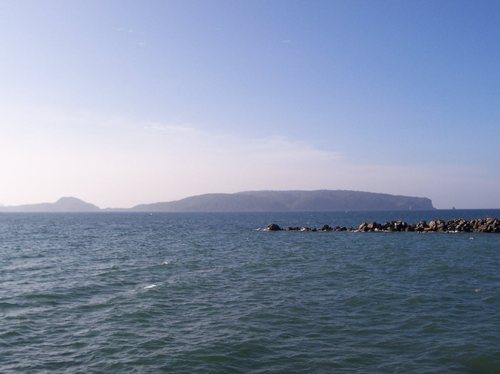
Corregidor on the horizon. Between December 24, 1941 and February 19, 1942, Corregidor became the temporary location for the Government of the Philippines. On December 30, 1941, outside the Malinta Tunnel, Manuel L. Quezon andSergio Osmeña were inaugurated respectively as President and Vice-President of the Philippines Commonwealth for a second term.

The Tail of Corregidor Island with Hooker's Point at the farthest end
Friday, July 21, 2006
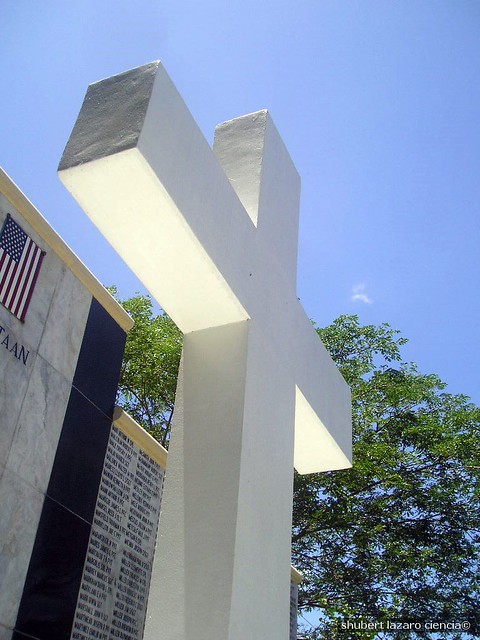 Camp O'Donnel (Capas Tarlac). the American sector of the war memorial.
The Cement Cross
In wishing to honor our comrades who died so far away from home the battling bastards of Bataan Death March commissioned the construction of this Replica of the “Cement Cross” in the hope that all those who may pass by to view this memorial will remember the many young Americans who gave their lives in defense of their country and of the Philippines.
In June of 1942 the Japanese authorities at the American side of the Prisoner of war enclosure at Camp O” Donnell, two kilometers north of this site presented the prisoners with some Cement. The American Prisoners decided to build a Cement Cross to honor the memory of their dead comrades. Completed later that month. The cross remained hidden amidst tall grass until was discovered by returning American Forces in 1945. Left where it originally stood unknown to most and battered by the elements. The cross was again forgotten. Rediscovered by Bataan Veterans visiting the area in 1961. The cross became the historical symbol of the American Prisoner of war enclosure and its dead. When American military presence ended in the Philippines in 1992. The cross was brought to the National Historic Site Andersonville, Georgia, USA. Where it is now kept and displayed. This Replica stand as a reminder of America’s unprepared ness before the outbreak of World War II.
| 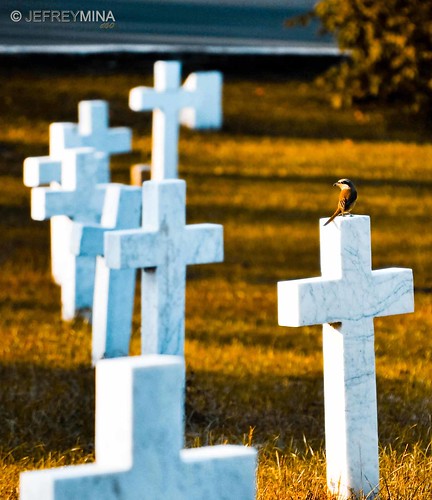 Libingan ng mga BAYANICoast Guard At Port Area Manila left photo, La loma Cemetery next above, Libingan ng mga Bayani (heroes cemetery) Fort Bonifacio close to where we live at the Navy Village, Fort William McKinley then (Fort Bonifacio)
It was the final stage of the tragic death march and a concentration camp with an open field which served as the dumping grave site of Filipino and American soldiers who died with debilitating diseases. It has witnessed the endless sufferings of the sick and the neglected only to die, then dropped in mass with three and half feet depth and those who survived the darkest moments of their lives, they narrated with tears clouding their eyes, the traumatic experiences encountered during their detention, as they gasped with depression and sadness and said CAMP O” Donnell, that was.
|
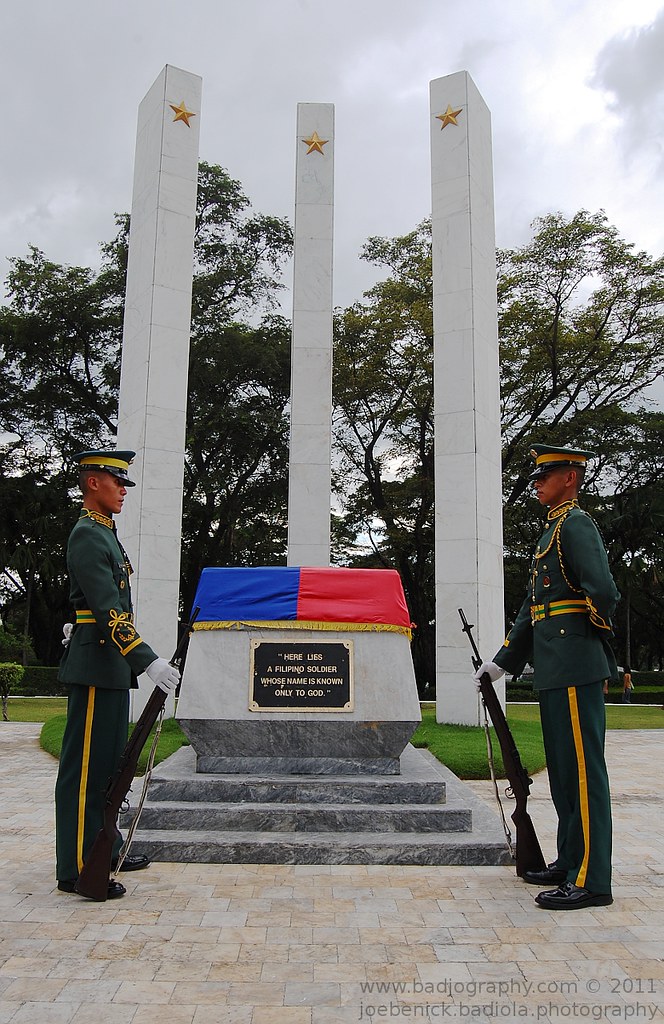
Camp O'Donnel (Capas Tarlac). the American sector of the war memorial.
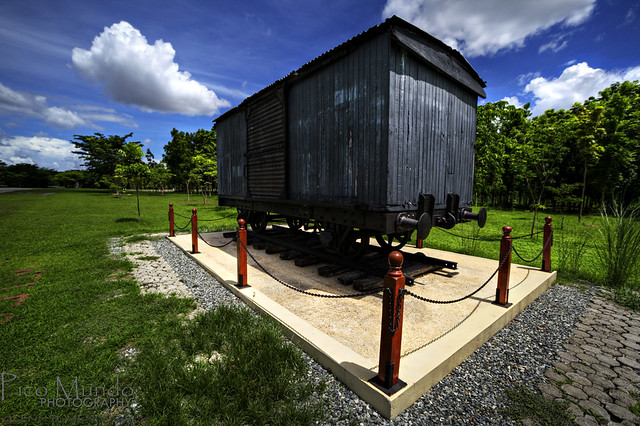
Bataan Death March Box Car
In San Fernando the POW’s where loaded on the trains bound for Capas, Tarlac, The Boxcars normally carried 50 persons, but the Japanese packed them up 100 to 115 Prisoners. At each stop, The Boxcars were open to give the Prisoners fresh Air. The POW’s got off the train at Capas and marched the final kilometer to Camp O” Donnell.
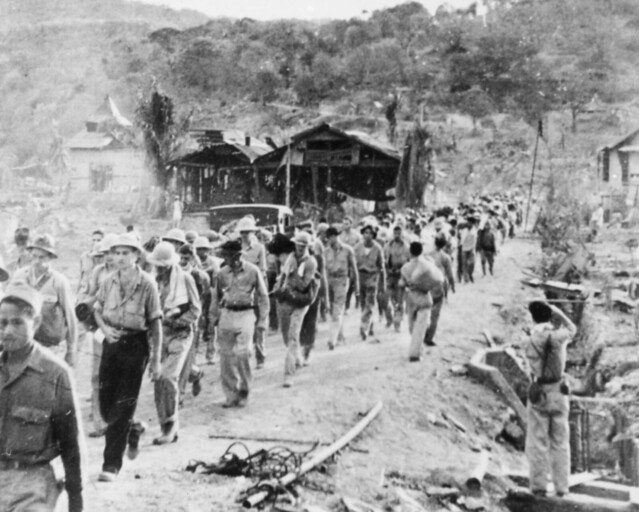
Bataan Death March 1942. Prisoners of war on the Bataan Death March. (U.S. Air Force photo). The Bataan Death March (also known as The Death March of Bataan) took place in the Philippines in 1942 and was later accounted as a Japanese war crime. The 60-mile (97 km) march occurred after the three-month Battle of Bataan, part of the Battle of the Philippines (1941–42), during World War II. In Japanese, it is known as Batān Shi no Kōshin with the same meaning.
 Camp O'Donnel (Capas Tarlac). the American sector of the war memorial.
The Cement Cross
In wishing to honor our comrades who died so far away from home the battling bastards of Bataan Death March commissioned the construction of this Replica of the “Cement Cross” in the hope that all those who may pass by to view this memorial will remember the many young Americans who gave their lives in defense of their country and of the Philippines.
In June of 1942 the Japanese authorities at the American side of the Prisoner of war enclosure at Camp O” Donnell, two kilometers north of this site presented the prisoners with some Cement. The American Prisoners decided to build a Cement Cross to honor the memory of their dead comrades. Completed later that month. The cross remained hidden amidst tall grass until was discovered by returning American Forces in 1945. Left where it originally stood unknown to most and battered by the elements. The cross was again forgotten. Rediscovered by Bataan Veterans visiting the area in 1961. The cross became the historical symbol of the American Prisoner of war enclosure and its dead. When American military presence ended in the P hilippines in 1992. The cross was brought to the National Historic Site Andersonville, Georgia, USA. Where it is now kept and displayed. This Replica stand as a reminder of America’s unprepared ness before the outbreak of World War II.
|  Libingan ng mga BAYANICoast Guard At Port Area Manila left photo, La loma Cemetery next above, Libingan ng mga Bayani (heroes cemetery) Fort Bonifacio close to where we live at the Navy Village, Fort William McKinley then (Fort Bonifacio)
It was the final stage of the tragic death march and a concentration camp with an open field which served as the dumping grave site of Filipino and American soldiers who died with debilitating diseases. It has witnessed the endless sufferings of the sick and the neglected only to die, then dropped in mass with three and half feet depth and those who survived the darkest moments of their lives, they narrated with tears clouding their eyes, the traumatic experiences encountered during their detention, as they gasped with depression and sadness and said CAMP O” Donnell, that was.
|

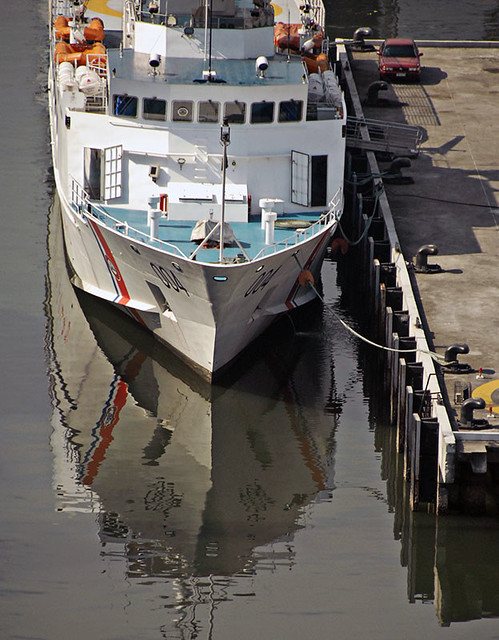 Coast Guard Cutter in the Port Area, similar to ships we used to patrol offshore later on. 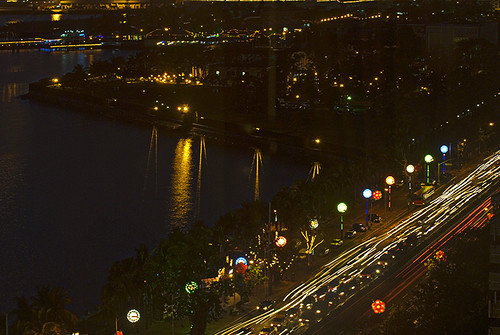 Remnants of Daniel Burnham's stamp in Manila - the old Dewey Blvd. - now Roxas Blvd. Driving through the boulevard feels like driving through Chicago's Lake Shore Drive ... This picture of the boulevard feels like it was taken from a highrise on Chicago's Lake Shore Drive near Goethe and Inner Drive. The US Embassy is situated along this boulevard around the area of the lights jutting into the bay.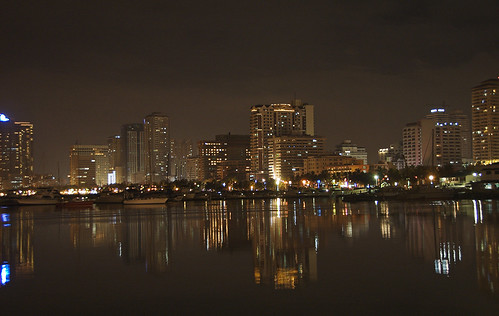 Remnants of Daniel Burnham's stamp in Manila - the old Dewey Blvd. - now Roxas Blvd. Driving through the boulevard feels like driving through Chicago's Lake Shore Drive ... Actually Burnham designed plans for Manila (1905) before he designed Chicago (1909). Parts of the design, based on the City Beautiful movement were implemented - like this boulevard along Manila Bay. He also designed Baguio City, the summer capital of the Philippines, situated up in the mountains of Northern Philippines.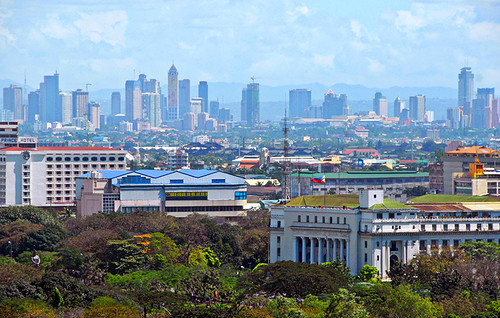 | 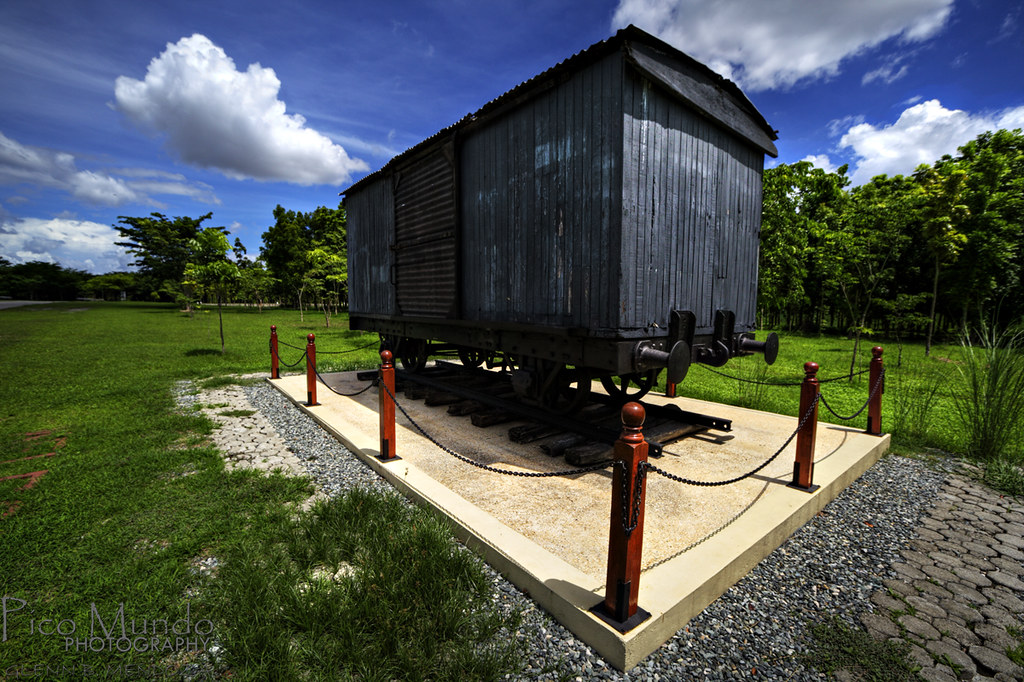 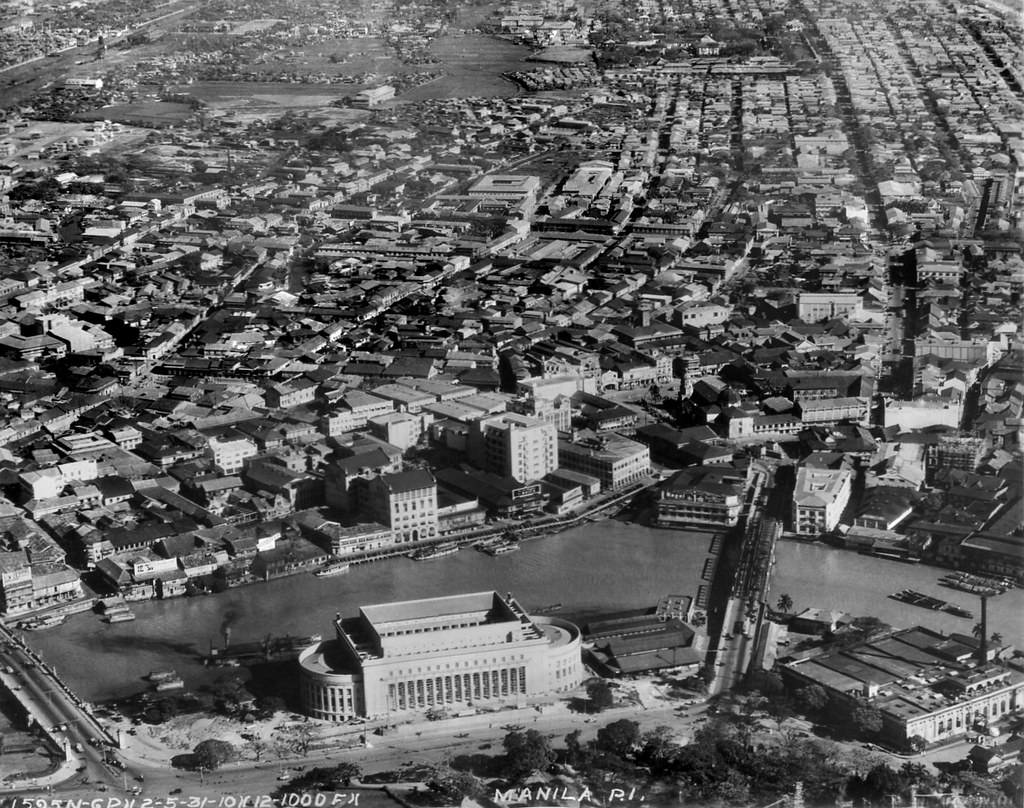 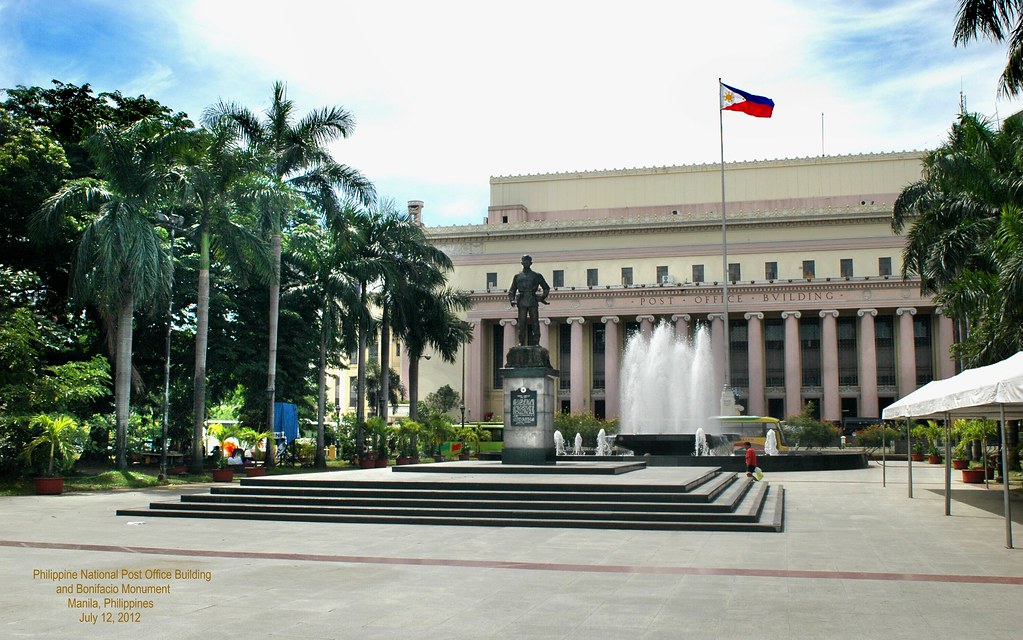 |
 Environs U. P. Manila campus 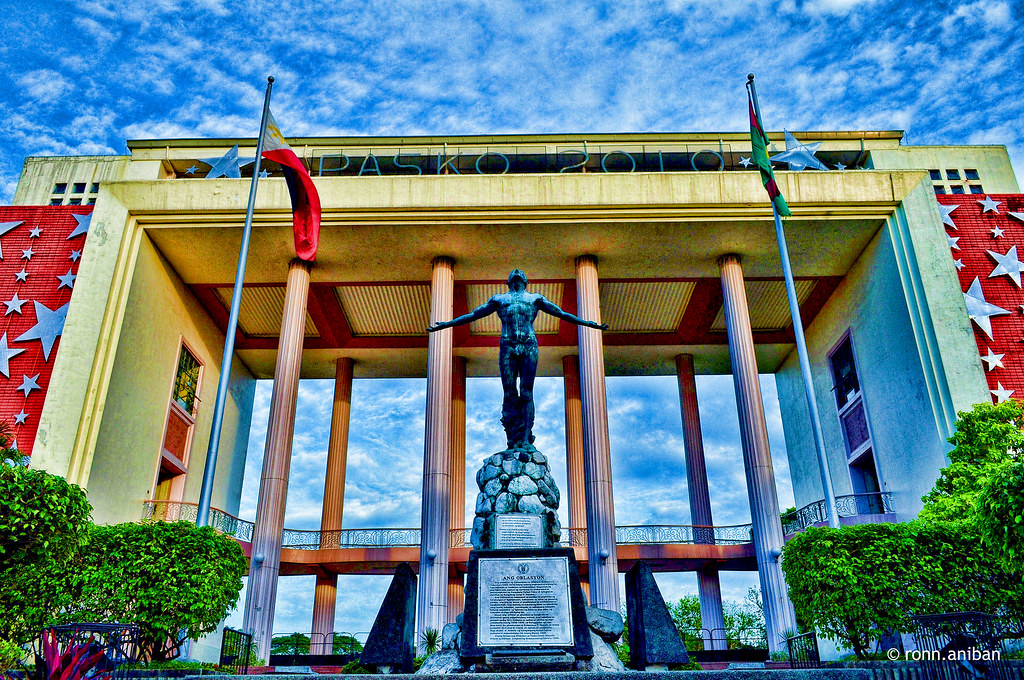 |  |

Sarmiento Bldg, Makati, where I worked at Procter & Gamble;
ARISTOCRAT. The closest restaurant to our place at MNS. 432 San Andres St. cor. Roxas Blvd., Malate
|  
Top, movie houses, City Hall,
Right Photo Bagiuo, the terraces and the Lost highway bontoc-mainit (mountain province). A mountain trail in the Cordillera, Philippines.
Rizal Avenue the street was named after Rizal, it was referred to as Calle Dulumbayan. I watched movies at the Ideal, State, Dalisay and Avenue Theaters. Later on ... the Universal Theater and Odeon and Galaxy. And Scala, Apollo, Alegria and Opera House.
|
In the twilight of age all things seem strange and phantasmal,
As between daylight and dark ghost-like the landscape My heart goes back to wander there,
And among the dreams of the days that were,
I find my lost youth again.
And the strange and beautiful song,
The groves are repeating it still:
"A boy's will is the wind's will,
And the thoughts of youth are long, long thoughts."
I should not be withheld but that some day
into their vastness I should steal away,
Fearless of ever finding open land,
or highway where the slow wheel pours the sand...RF
On the road of life one mile-stone more!
In the book of life one leaf turned o'er!
Like a red seal is the setting sun
On the good and the evil men have done,--
Naught can to-day restore!
Life is real! Life is earnest!
And the grave is not its goal;
Dust thou art, to dust returnest,
Was not spoken of the soul.
Not enjoyment, and not sorrow,
Is our destined end or way;
But to act, that each to-morrow
Find us farther than to-day.
Art is long, and Time is fleeting,
And our hearts, though stout and brave,
Still, like muffled drums, are beating
Funeral marches to the grave.
In the world's broad field of battle,
In the bivouac of Life,
Be not like dumb, driven cattle!
Be a hero in the strife!
Trust no Future, howe'er pleasant!
Let the dead Past bury its dead!
Act,--act in the living Present!
Heart within, and God o'erhead!
Lives of great men all remind us
We can make our lives sublime,
And, departing, leave behind us
Footprints on the sands of time;
Footprints, that perhaps another,
Sailing o'er life's solemn main,
A forlorn and shipwrecked brother,
Seeing, shall take heart again.
Let us, then, be up and doing,
With a heart for any fate;
Still achieving, still pursuing,
Learn to labor and to wait...







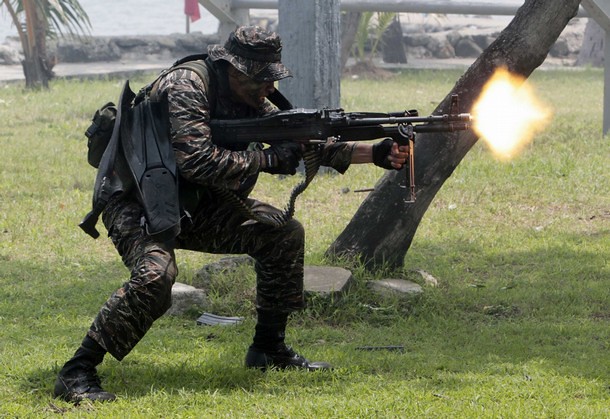
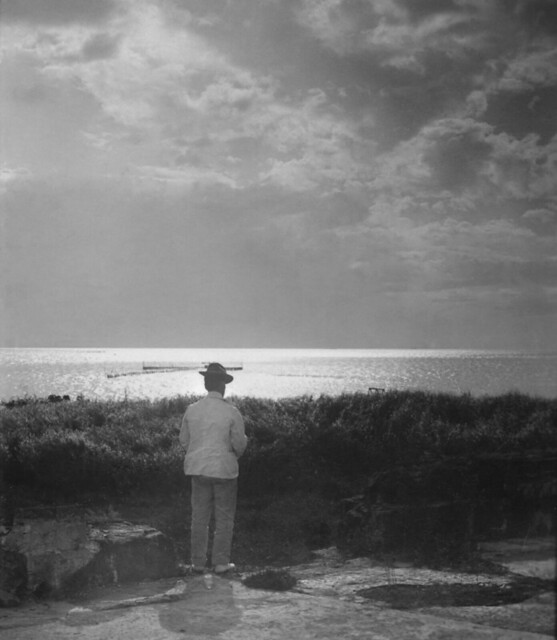
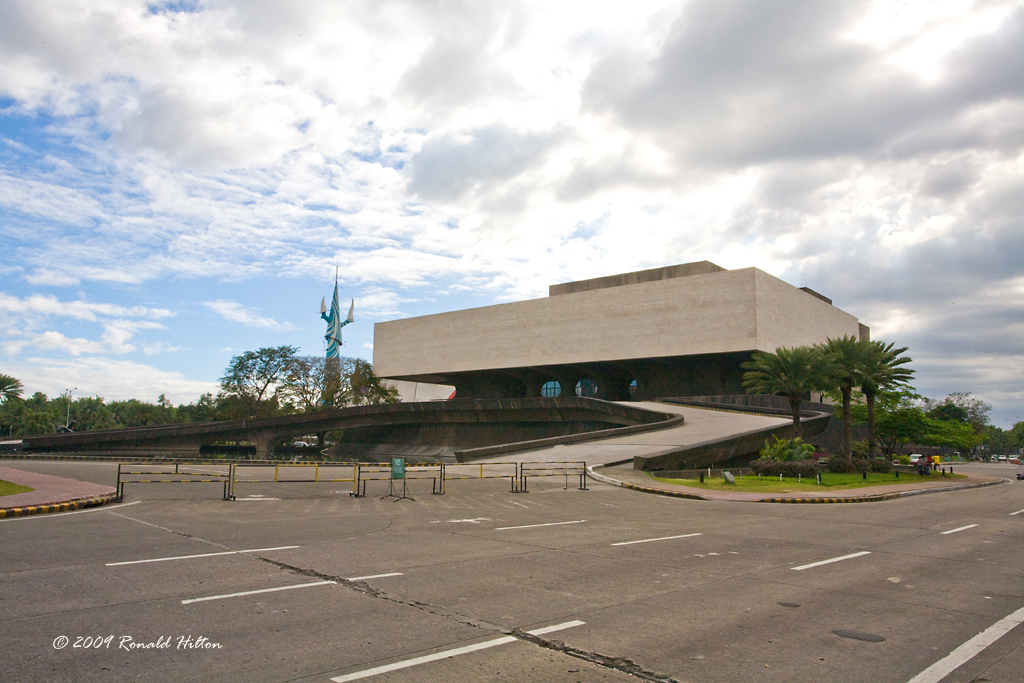





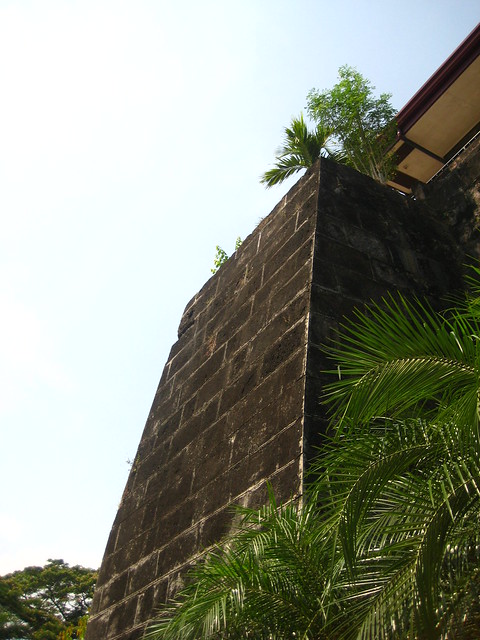

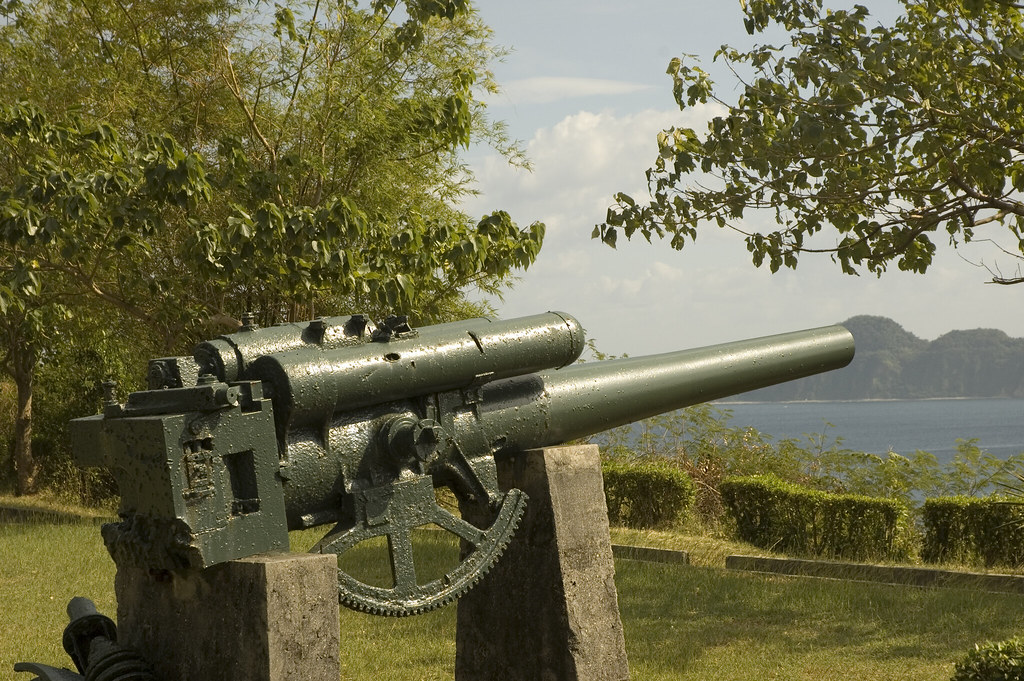




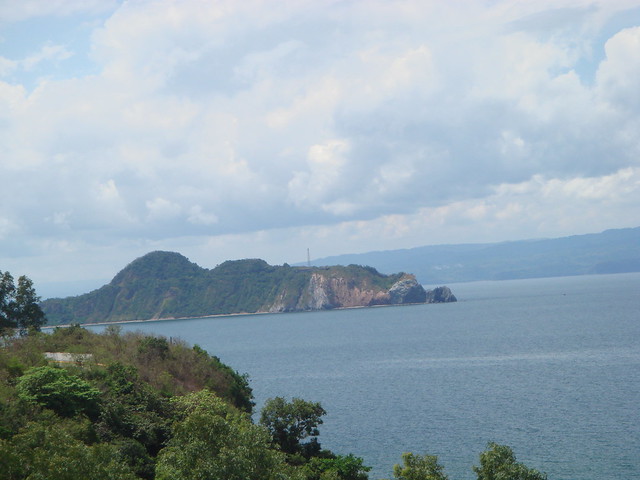
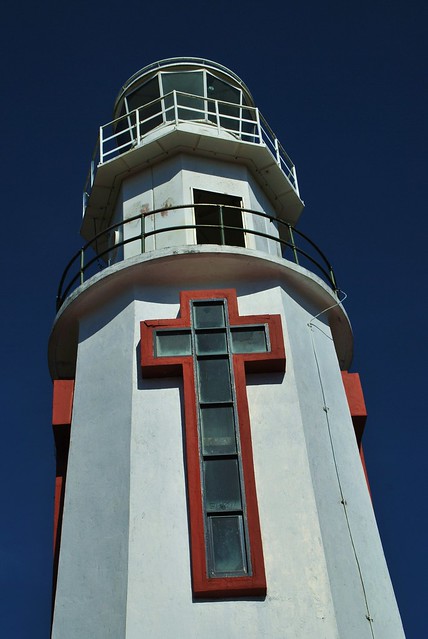

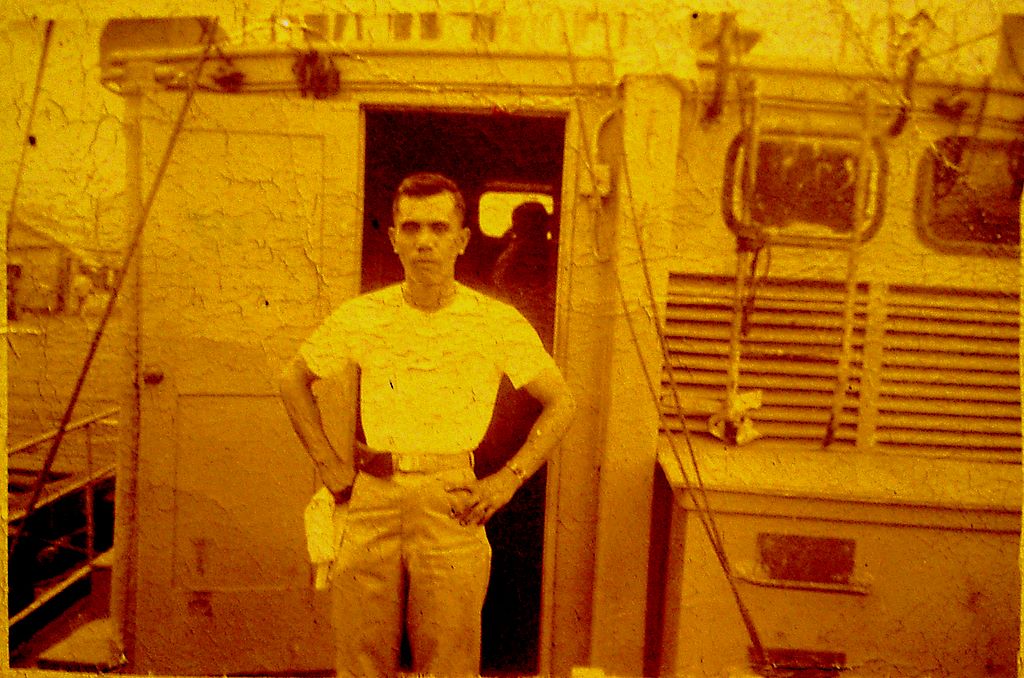


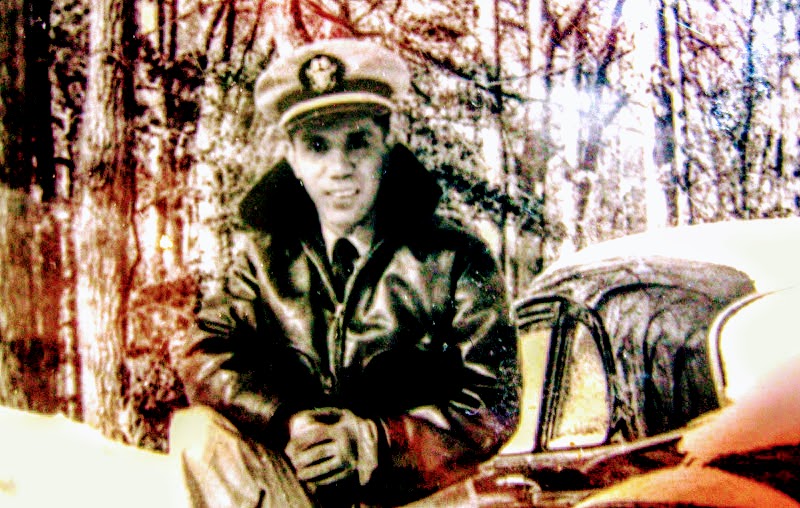






























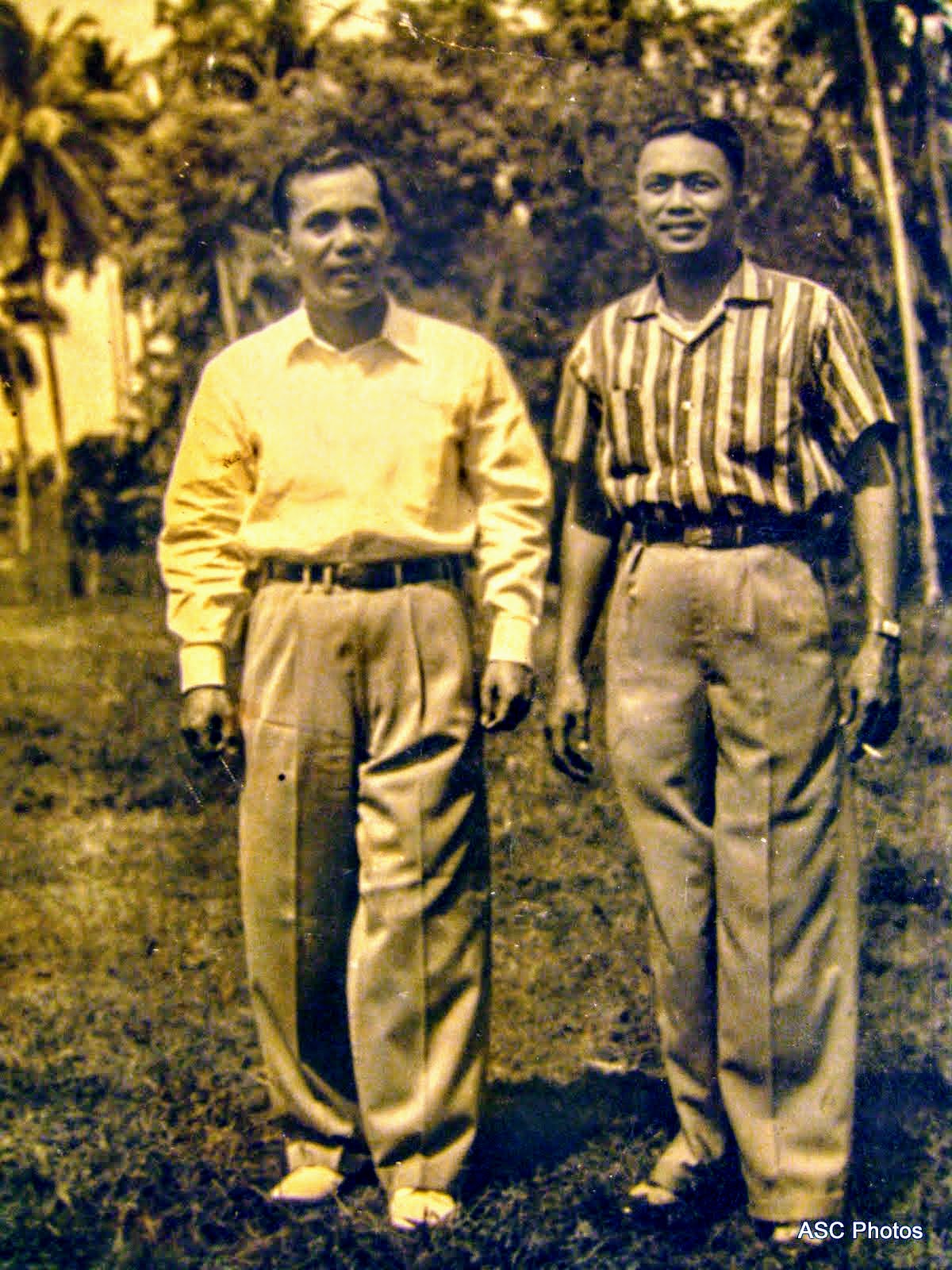






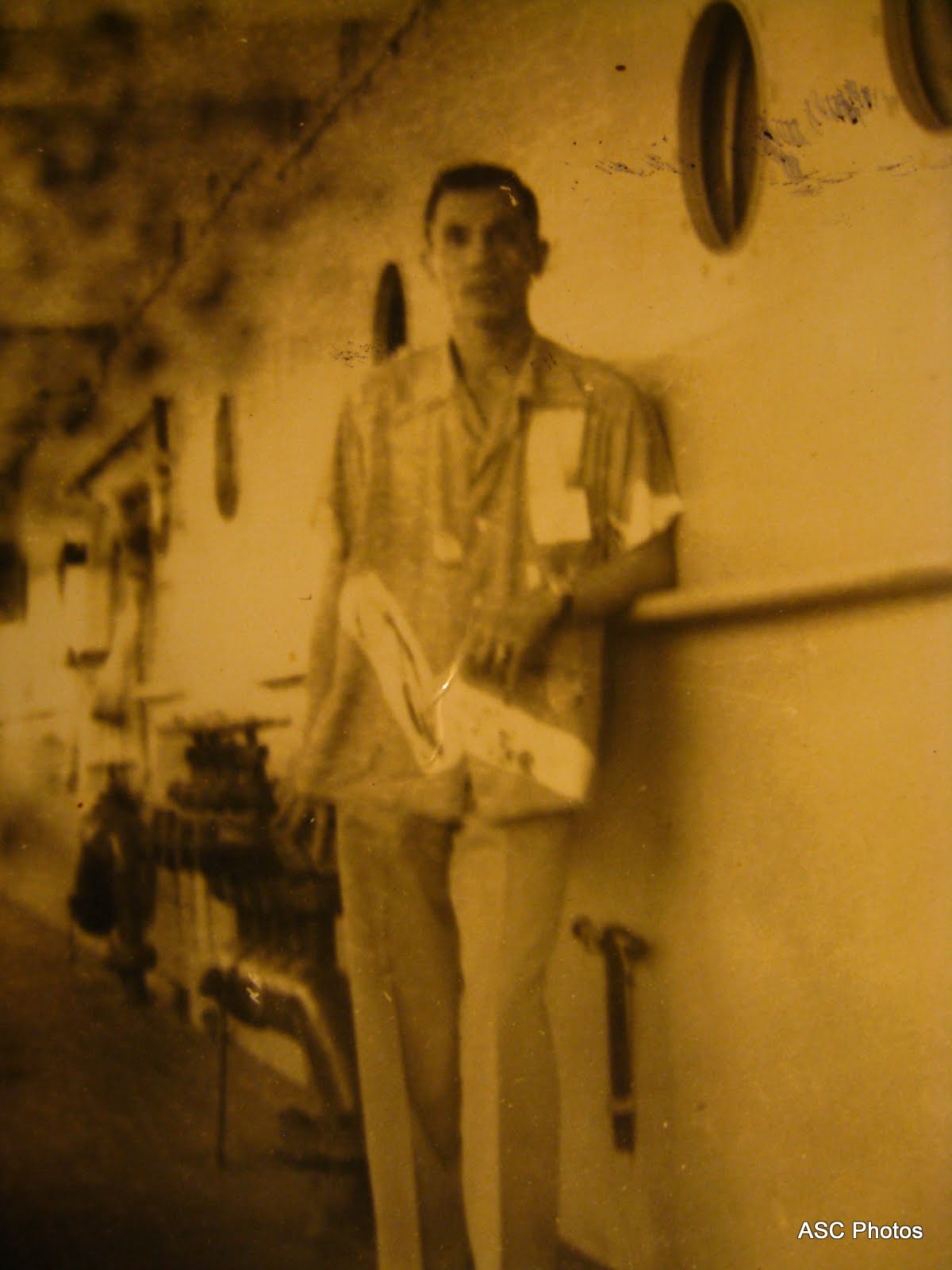




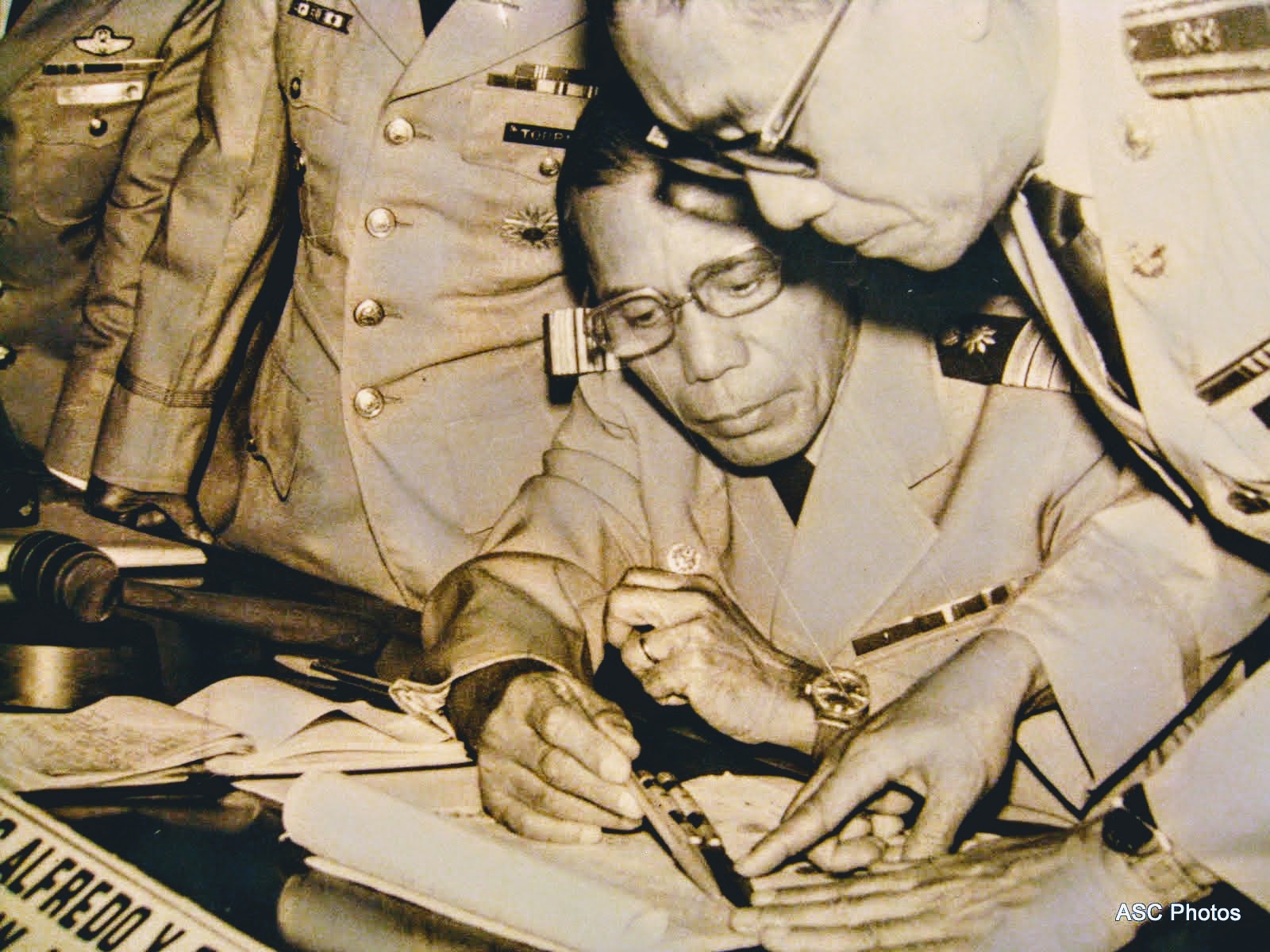






























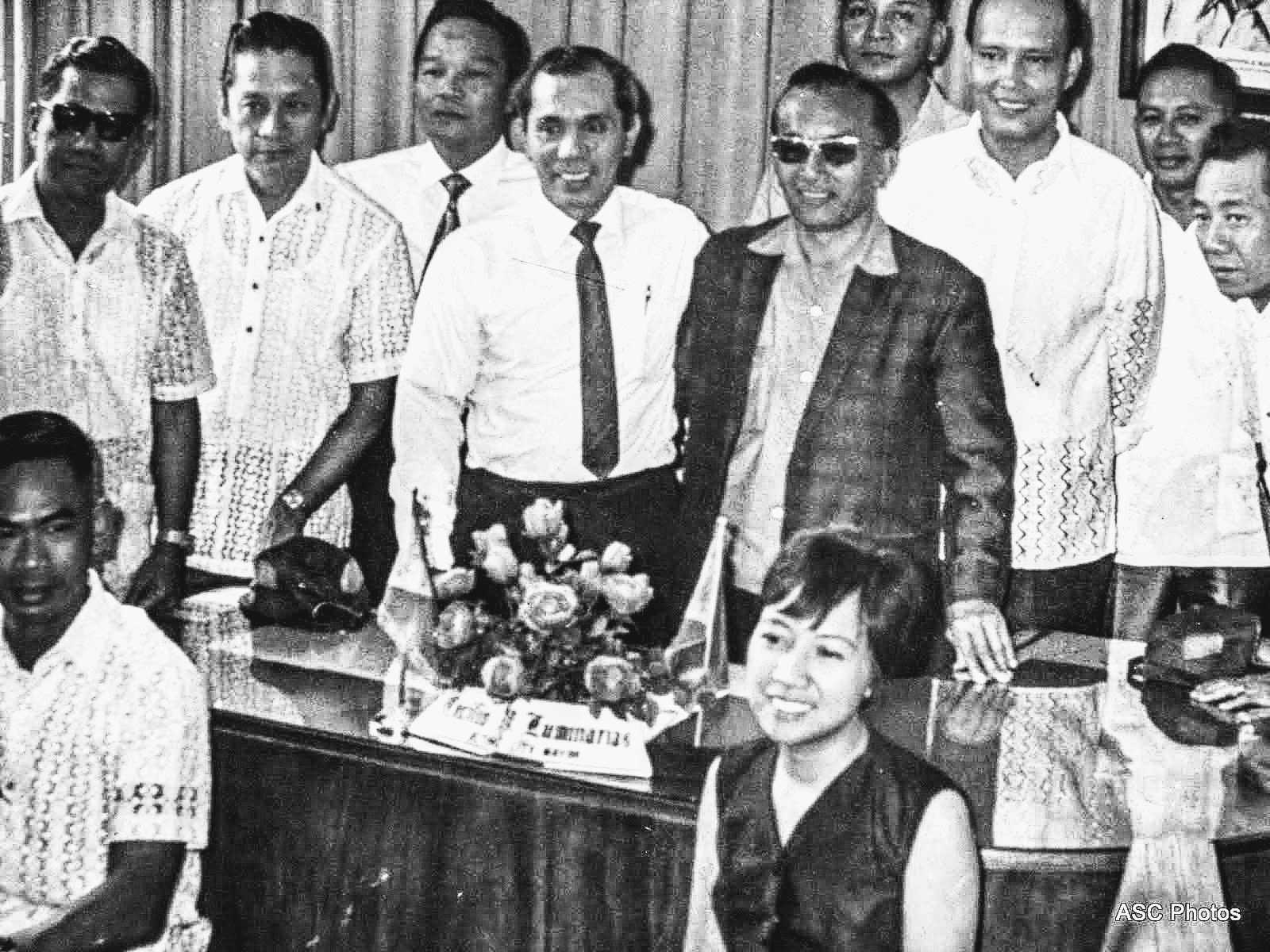
























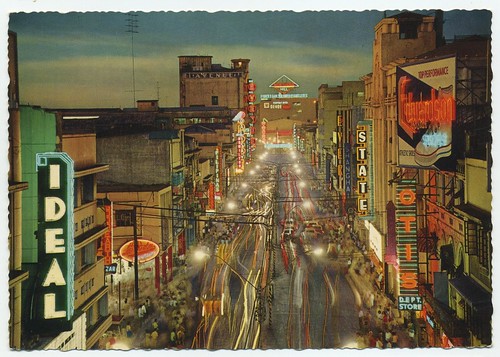
No comments:
Post a Comment